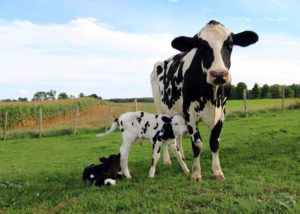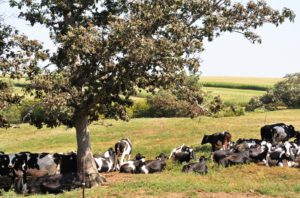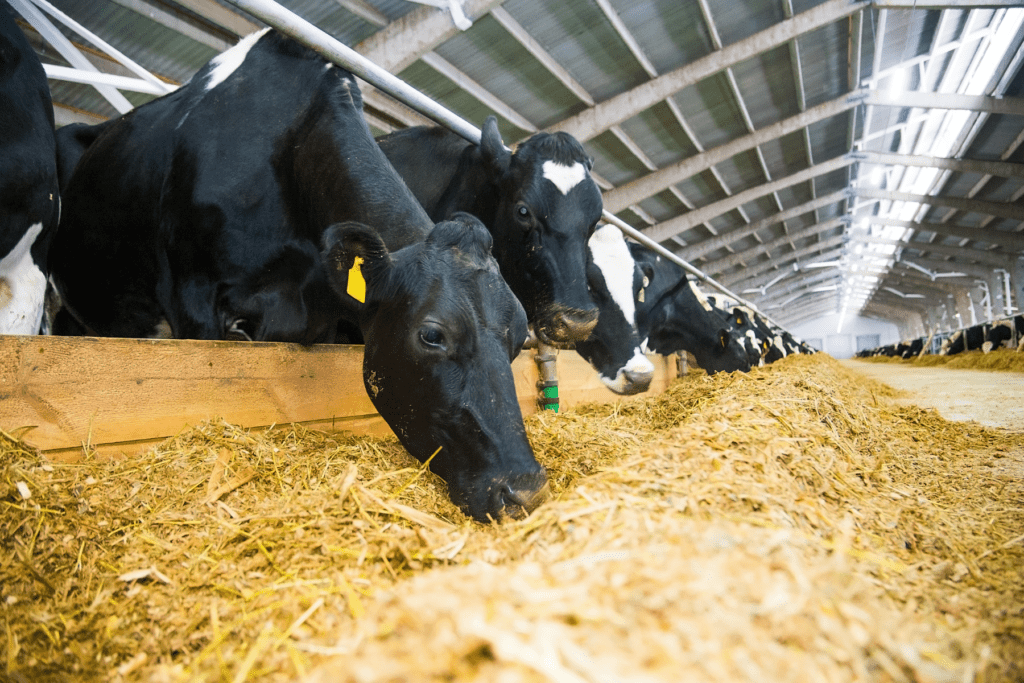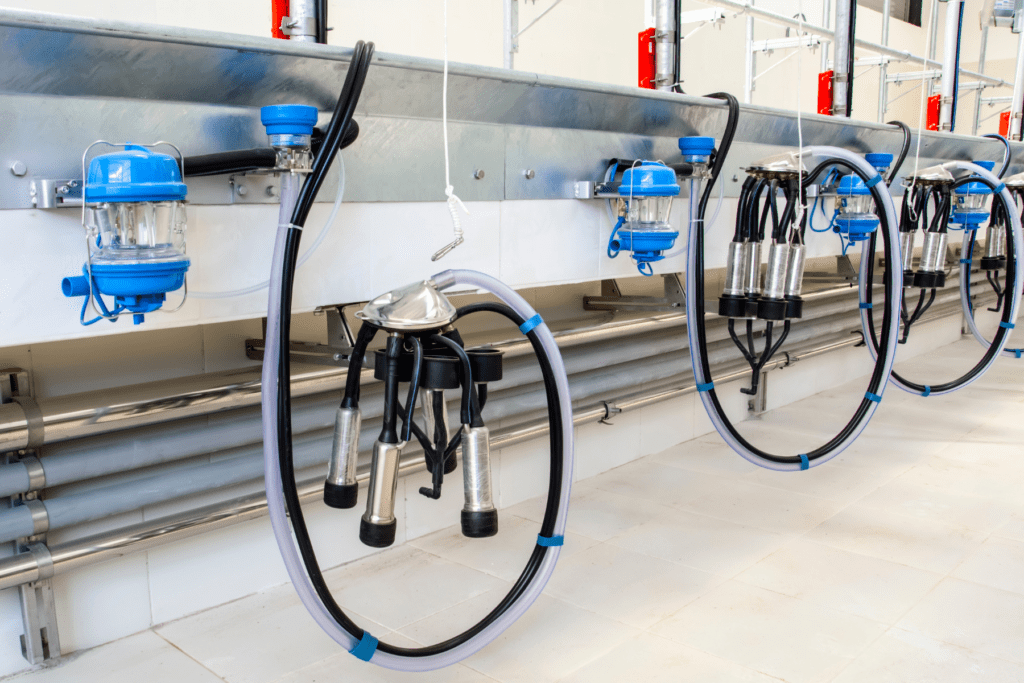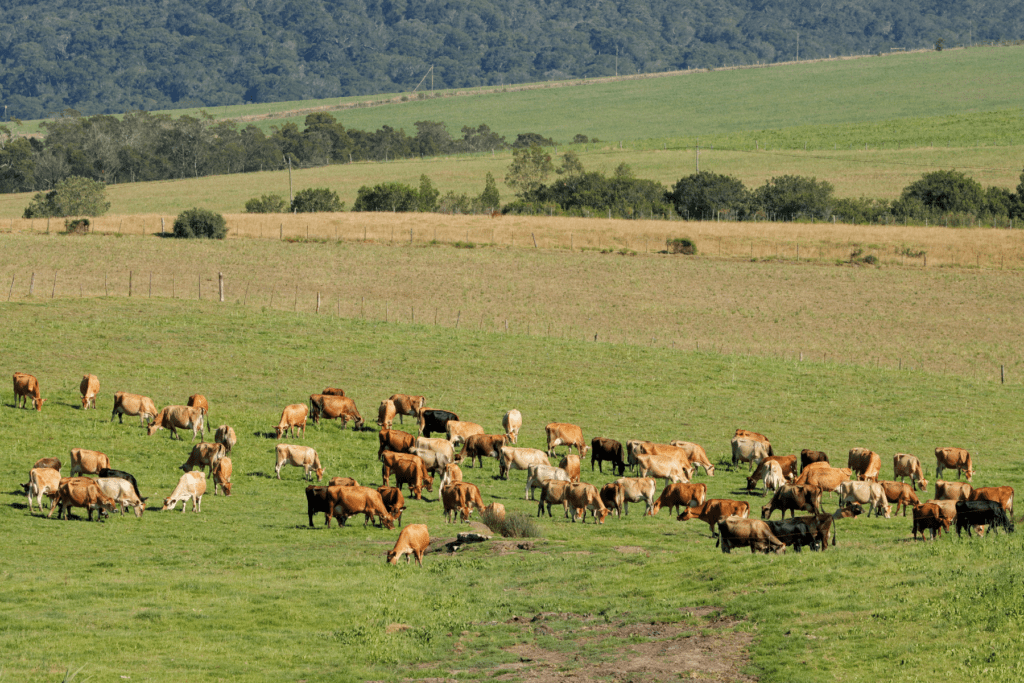Share this page
Promoting the welfare of dairy animals
For a dairy farmer to be successful at producing milk of good quality, the welfare needs of dairy animals must be met.
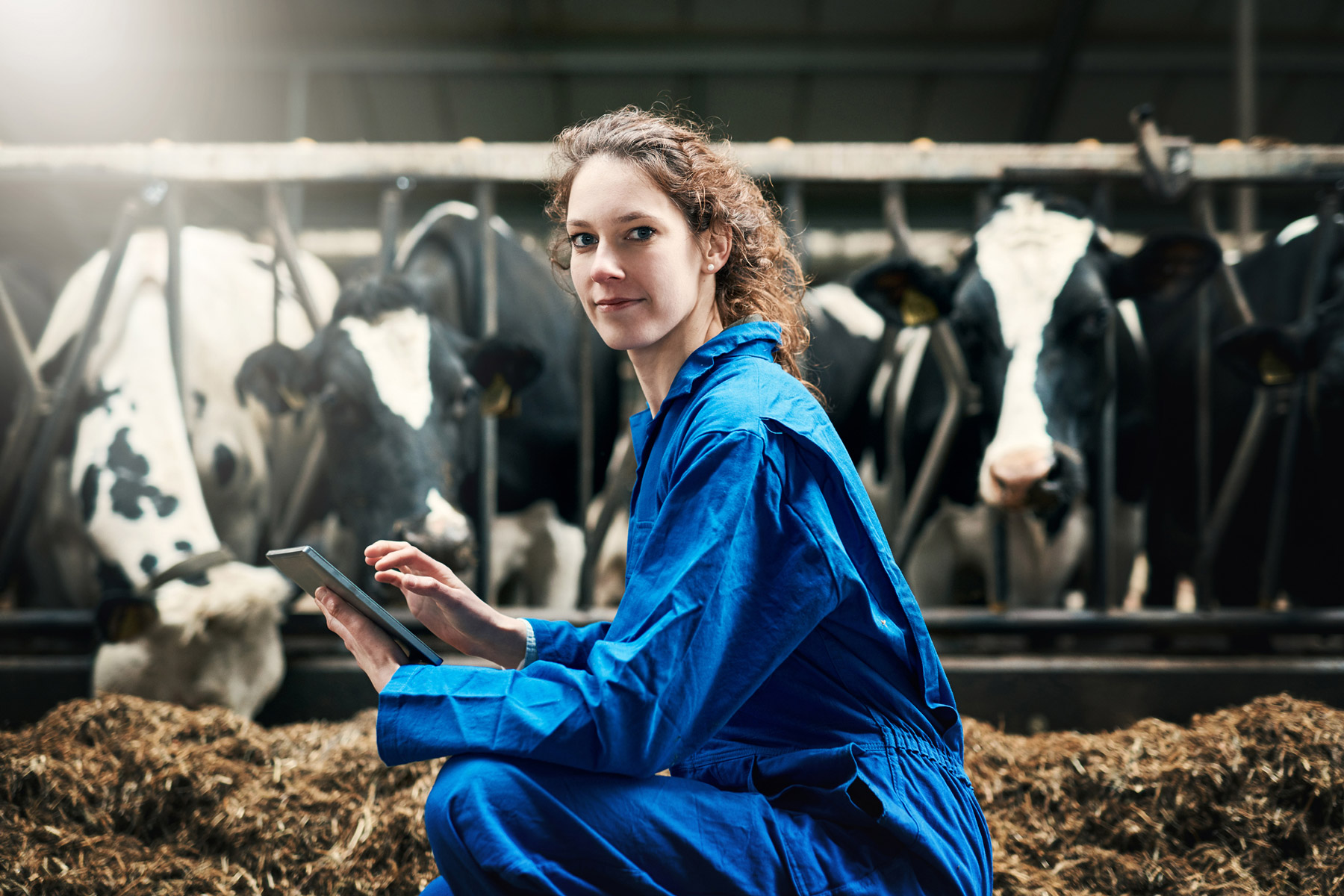
Good dairying practice of animal welfare is underpinned by the framework provided in The Five Freedoms that describe an animal’s fundamental needs (FAWC 2009). Animal management practices should aim at keeping animals:
- Free from thirst, hunger and malnutrition
- Free from discomfort
- Free from pain, injury and disease
- Free from fear and distress, and
- Able to engage in normal patterns of animal behavior
The use of animals carries with it an ethical responsibility to ensure the welfare of such animals to the greatest extent practicable. (OIE Article 7.1.2 (6))
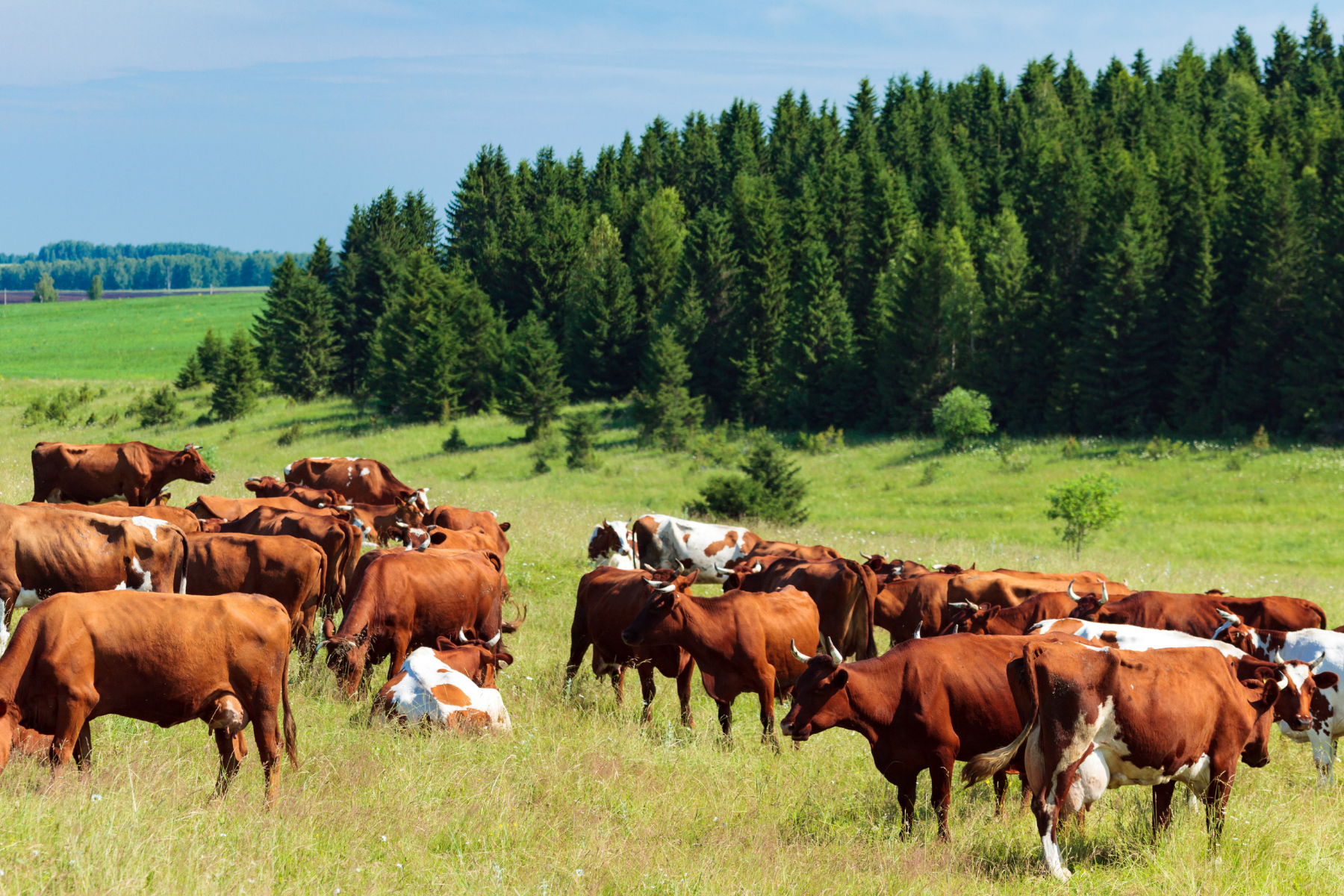
The dairy sector supports animal welfare
We identify five key action areas to be considered when developing and implementing quality management systems for dairy animal welfare.
Our five action areas for good animal welfare
Good stockmanship
Good stockmanship underlies the success of the dairying operation. The handling of animals should foster a positive relationship between humans and animals and should not cause injury, panic, lasting fear or avoidable stress.
Proper Nutrition
Animals should have access to sufficient feed and water, suited to the animals’ age and needs, to maintain normal health and productivity, and to prevent prolonged hunger, thirst, malnutrition or dehydration.
Adequate Physical Environment
Dairy cattle in commercial production may be kept in housed or pastured systems, or a combination of both and should have a good milking environment and facilities, feedlot areas and yards for holding animals, as well as adequate housing – a plan should be in place to manage and evacuate animals in case of disaster situations.
Responsible Husbandry Practices
Animals should be treated with care and kindness; milking should be comfortable and subjected to as little pain as possible. They should have a safe, adequate place to give birth, and should be transported in line with national regulations.
Robust Health Management
Veterinarians are trained animal health professionals and their advice should be sought in all matters of animal health management. Health management plans should meet relevant national and international veterinary requirements.
If you want to know more, please see Bulletin of the IDF N° 498/2019: The IDF Guide to Good Animal Welfare in Dairy Production 2.0
This detailed guide is a collaboration with the Food and Agriculture Organization of the United Nations (FAO) and the World Organisation for Animal Health (OIE). It is intended for use by farmers, organisations, dairy processors, and farmer organisations.
Learn more about animal health
& welfare
The breadth of issues IDF covers in its work is extensive. Find out more about the work we do
Excellent udder health for high quality milk
Excellent udder health during lactation results in high quality milk.
Read MoreCalf care from birth to weaning
The animal health and welfare management of calves from birth to weaning is of great importance to the dairy sector, as healthy calves lead to healthy....
Read MoreHeat stress in dairy cattle
Heat stress in dairy cows can have negative consequences for milk production, and for reproduction, welfare and health.....
Read MoreMinimizing the need for antimicrobial use
To minimize the need for antimicrobial use, the dairy sector encourages good animal health and welfare.....
Read MoreHeat stress in dairy cattle
Heat stress in dairy cows can have negative consequences for milk production, and for reproduction, welfare and health.....
Read MoreRelated reports & publications
IDF provides a permanent source of authoritative scientific and other information on a whole range of topics relevant to the dairy sector.
Bulletin of the IDF N° 498/2019: The IDF Guide to Good Animal Welfare in Dairy Production 2.0...
This guide provides recommendations on stockmanship, feed and water, physical environment, husbandry practices....
IDF Animal Health Report N° 14
The 14th edition of the IDF Animal Health Report illustrates the importance of animal health and welfare for s....
IDF Animal Health Report N° 13
IDF's 13th edition of the IDF Animal Health Report. This latest tool to share knowledge in dairy welfare was r....
Animal Health Report N° 12
The annual Animal Health Report addresses key issues affecting the dairy sector. The report is a worldwide jou....
Related news & insights
IDF provides a permanent source of authoritative scientific and other information on a whole range of topics relevant to the dairy sector.
IDF and ICAR webinar host an interactive virtual event on animal welfare
On the 24 February 2021, IDF, in cooperation with the International Committee for Animal Recording (ICAR), hosted a virtual event looking at....
Dairy sector case studies on water foot printing and carbon soil stock changes for GLEAM
In June 2020, the IDF organized two webinars aimed at providing scientists within the dairy sector an overview of the incorporation of the FAO....
DISARM and IDF host event on mastitis management supported by sensor systems
This DISARM event on 14 October, supported by the International Dairy Federation seeks to explore this issue, with potential impacts for the dairy....
IDF DG participates in 2020 Global Animal Welfare Forum
Identifying collaboration opportunities to enhance the welfare of food producing animals and improve science-based welfare....







